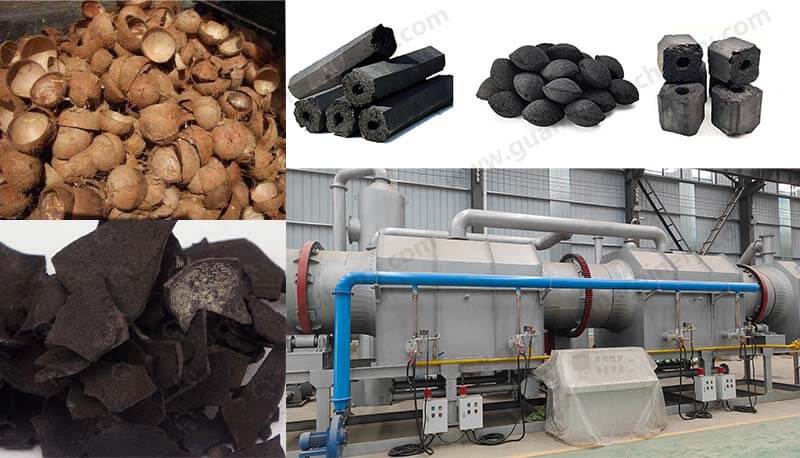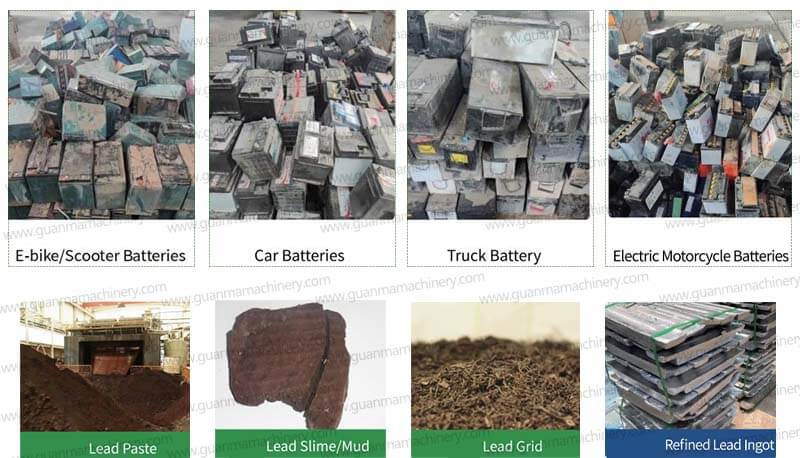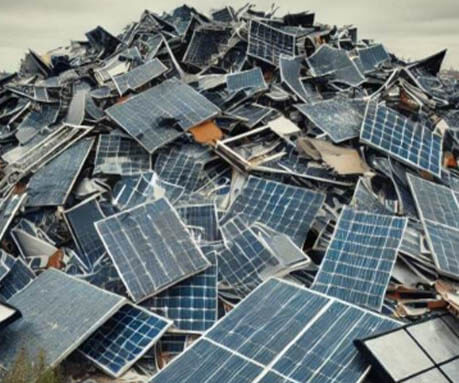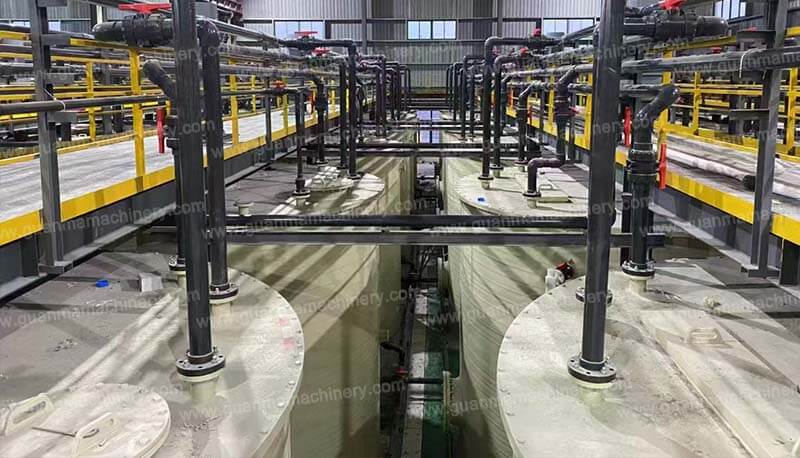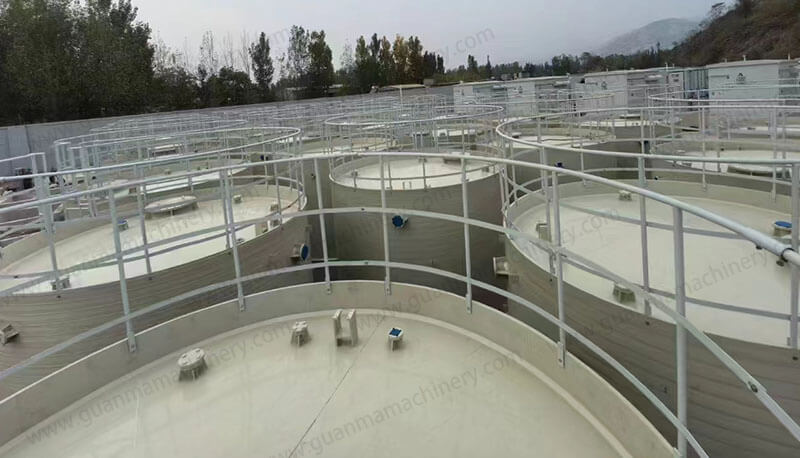Introduction to Continuous Carbonization Furnace Technology
In the realm of biomass processing, the continuous carbonization furnace stands out as a revolutionary technology designed to convert organic materials into valuable biochar efficiently. This article delves into the advanced features and benefits of continuous carbonization furnaces, highlighting Guanma Machinery’s role as a leading continuous carbonization furnace manufacturer.
Understanding Continuous Carbonization Furnace
A continuous carbonization furnace is an industrial machine that facilitates the continuous thermal decomposition of biomass in the absence of oxygen, producing biochar, syngas, and other by-products. Unlike batch systems, continuous furnaces ensure a steady flow of feedstock through the reactor, resulting in higher productivity and efficiency. The process not only provides a sustainable method for waste management but also generates renewable energy sources.
Key Features of Continuous Carbonization Furnace
High Efficiency: Continuous operation allows for uninterrupted production, maximizing output and reducing downtime.
Energy Recovery: Captures and utilizes the heat generated during the carbonization process, enhancing overall energy efficiency.
Environmental Benefits: Reduces greenhouse gas emissions and contributes to environmental conservation efforts.
Versatile Applications: Suitable for various types of biomass, including wood chips, agricultural residues, and forest waste.
Continuous Charcoal Making Machine: An Integral Part of Biomass Processing
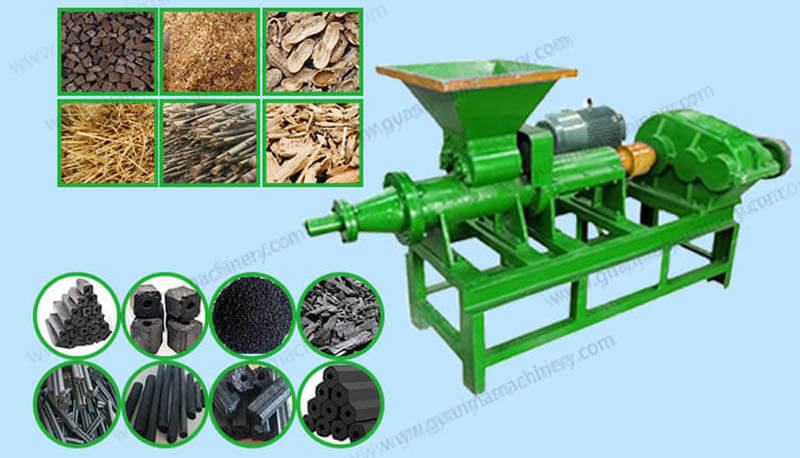
The continuous charcoal making machine, closely related to the continuous carbonization furnace, plays a crucial role in converting raw biomass into high-quality charcoal. This machine integrates seamlessly with the carbonization process, ensuring that the produced biochar can be further processed into marketable charcoal products. The combination of these technologies offers a comprehensive solution for biomass utilization.
Evaluating Continuous Carbonization Furnace Cost
Investing in a continuous carbonization furnace involves considering several cost factors:
Initial Investment: The upfront cost includes purchasing the equipment, installation, and setting up the necessary infrastructure.
Operational Costs: Factors such as energy consumption, labor, maintenance, and raw material costs should be considered.
Return on Investment (ROI): Efficient operation and the sale of by-products like biochar and syngas can significantly offset initial expenses, leading to a positive ROI over time.
Guanma Machinery provides detailed cost analyses and financial projections to help clients make informed investment decisions regarding their Continuous Carbonization Furnace Cost.
Why Choose Guanma Machinery as Your Continuous Carbonization Furnace Manufacturer?
Guanma Machinery has established itself as a trusted continuous carbonization furnace manufacturer, offering cutting-edge solutions tailored to meet diverse client needs. Our commitment to quality and innovation ensures that each furnace is built to last, delivering reliable performance under various operating conditions.
Advantages of Partnering with Guanma Machinery
Customized Solutions: Tailored designs to fit specific operational requirements and biomass types.
Technical Expertise: A team of experienced engineers providing comprehensive support from design to after-sales service.
Quality Assurance: Rigorous testing and adherence to international standards guarantee superior product quality.
Sustainability Focus: Emphasis on environmentally friendly practices and technologies.
Conclusion
Choosing Guanma Machinery as your continuous carbonization furnace manufacturer means investing in a partner dedicated to excellence and sustainability. By leveraging our advanced continuous carbonization furnace technology, clients can efficiently manage biomass waste while generating valuable by-products, contributing positively to both economic and environmental goals.

